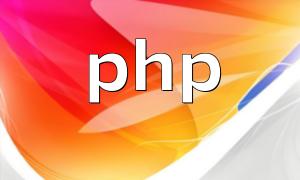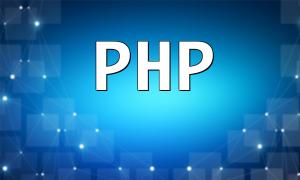Overview of PHP Content Security Measures
In web development, security is always a top priority. PHP provides a variety of content protection mechanisms to guard against malicious code injection, cross-site attacks, and data breaches. By using these features properly, developers can significantly improve the overall security of their websites.
Input Filtering and Validation
PHP offers powerful input filtering and validation tools to prevent harmful or malformed user data from entering the system.
- The filter_input() function allows filtering and validating data received from external sources such as forms or URLs.
- By using appropriate filters, you can remove dangerous characters or scripts and prevent XSS or injection attempts.
Output Escaping
Output escaping is a key defense against cross-site scripting (XSS) attacks. PHP provides built-in functions to ensure that dynamically generated content is rendered safely.
- htmlspecialchars() and htmlentities() convert special characters into HTML entities, ensuring they are displayed as plain text rather than executed as code.
- This approach effectively stops malicious scripts from running in the browser.
SQL Injection Protection
SQL injection remains one of the most common vulnerabilities, and PHP includes mechanisms to prevent it.
- Using mysqli_real_escape_string() helps sanitize user input before it’s used in database queries, preventing attackers from manipulating SQL statements.
- It’s also highly recommended to use prepared statements for database queries to further strengthen protection.
Secure File Uploads
File uploads are a common attack vector if not handled securely. PHP provides tools to ensure files are uploaded safely.
- The move_uploaded_file() function securely moves uploaded files to their destination directory.
- Always verify file type and size before saving uploads to reduce the risk of malicious file execution.
XSS Filtering Mechanism
PHP includes a built-in XSS filter that automatically detects and removes potentially harmful scripts when handling user input.
- Once enabled at the application level, this feature can block most XSS attack attempts at the input stage.
Additional Security Features
Beyond these core measures, PHP offers several additional security features to strengthen overall protection.
- Session Management: Proper session handling helps prevent session hijacking and identity spoofing.
- CSRF Protection: Token-based validation prevents Cross-Site Request Forgery attacks.
- Password Security: Functions like password_hash() and password_verify() ensure passwords are stored and verified securely.
Conclusion
PHP provides a robust, multi-layered approach to web security. From input validation and output escaping to database and file safety, each layer helps reduce the risk of attack. Developers should combine these features thoughtfully to create a comprehensive security strategy that protects both applications and user data.









